

Crop Care in Your Pocket: Nuru App, Your Farming Companion
PlantVillage Nuru is a revolutionary smartphone app powered by artificial intelligence, enabling rapid offline diagnosis of crop damage caused by diseases and pests. This innovation employs machine learning and object recognition, making it accessible on basic smartphones. It offers a vast advantage to farmers, as it provides instant diagnoses and connects users to a community of fellow users. Moreover, it offers valuable guidance on disease and pest control. The app's ability to recognize symptoms and its user-friendly interface empower farmers to swiftly identify and address crop health issues, ultimately contributing to increased agricultural productivity and food security.
This technology is TAAT1 validated.
Open source / open access
Utilizing PlantVillage Nuru allows farmers to quickly identify crop damage offline, empowering them to implement proactive strategies for managing pests and diseases, ultimately improving agricultural productivity and food security.
As for the cost structure, there are no expenses aside from potential facilitation through the provision of phones and training sessions.
This initiative is offered as a public service without any intention of generating profit. The app is available for free download and use, without any licensing fees.
Calculate the potential profit gained from adopting this approach.
Adults 18 and over: Positive high
The poor: Positive medium
Under 18: Positive medium
Women: Positive low
Climate adaptability: Highly adaptable
Farmer climate change readiness: Significant improvement
Biodiversity: Positive impact on biodiversity
Carbon footprint: A bit less carbon released
Environmental health: Greatly improves environmental health
Soil quality: Improves soil health and fertility
Water use: A bit less water used
Scaling Readiness describes how complete a technology’s development is and its ability to be scaled. It produces a score that measures a technology’s readiness along two axes: the level of maturity of the idea itself, and the level to which the technology has been used so far.
Each axis goes from 0 to 9 where 9 is the “ready-to-scale” status. For each technology profile in the e-catalogs we have documented the scaling readiness status from evidence given by the technology providers. The e-catalogs only showcase technologies for which the scaling readiness score is at least 8 for maturity of the idea and 7 for the level of use.
The graph below represents visually the scaling readiness status for this technology, you can see the label of each level by hovering your mouse cursor on the number.
Read more about scaling readiness ›
Uncontrolled environment: tested
Used by some intended users, in the real world
| Maturity of the idea | Level of use | |||||||||
| 9 | ||||||||||
| 8 | ||||||||||
| 7 | ||||||||||
| 6 | ||||||||||
| 5 | ||||||||||
| 4 | ||||||||||
| 3 | ||||||||||
| 2 | ||||||||||
| 1 | ||||||||||
| 1 | 2 | 3 | 4 | 5 | 6 | 7 | 8 | 9 | ||
| Country | Testing ongoing | Tested | Adopted |
|---|---|---|---|
| Kenya | –No ongoing testing | Tested | Adopted |
| Tanzania | –No ongoing testing | Tested | Adopted |
This technology can be used in the colored agro-ecological zones. Any zones shown in white are not suitable for this technology.

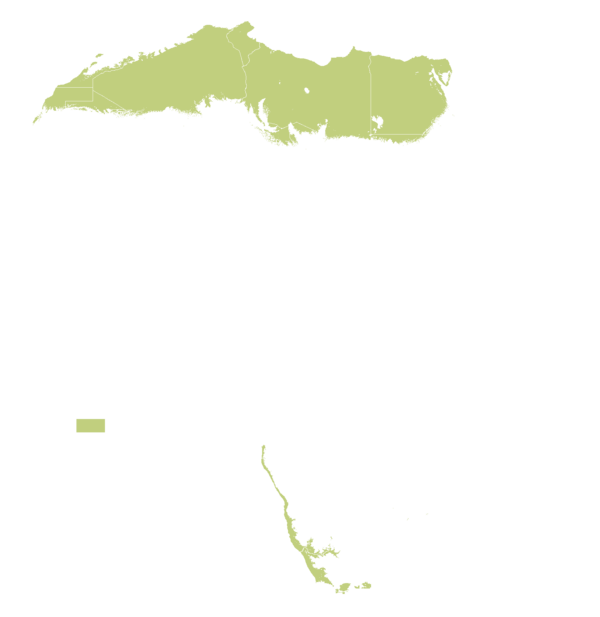

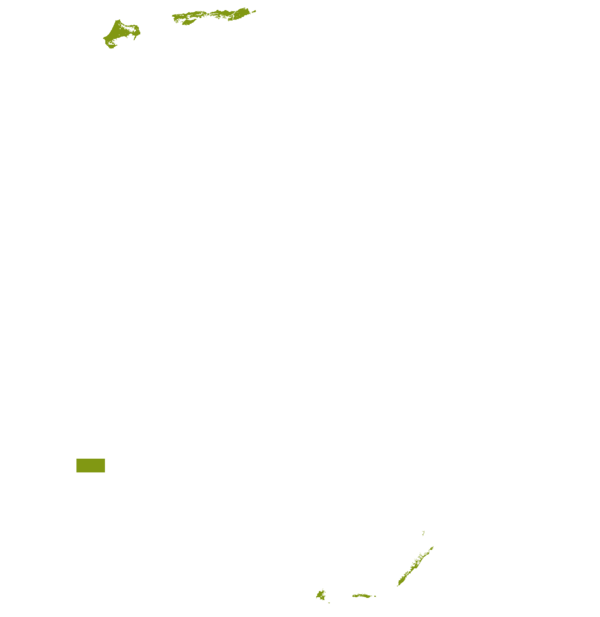






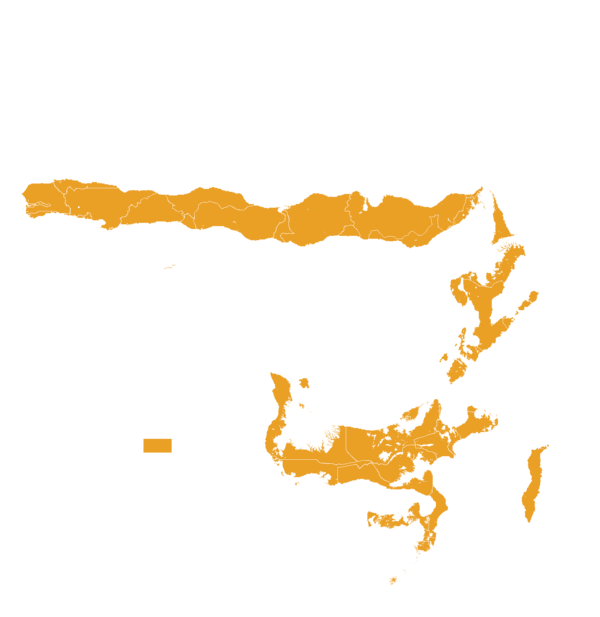


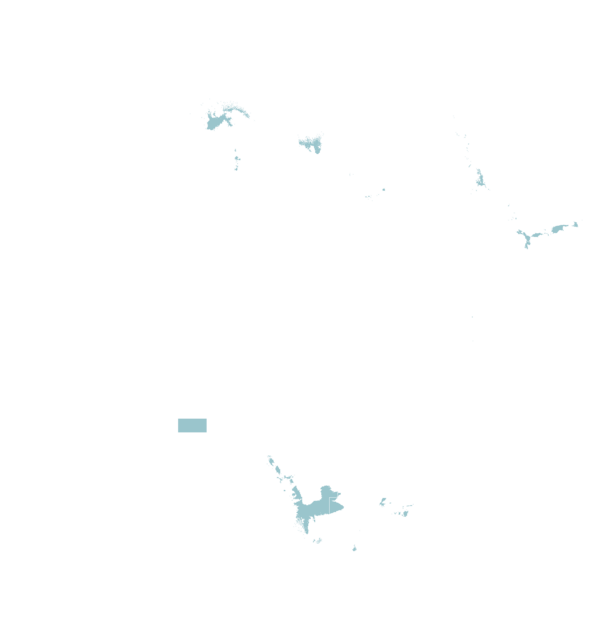

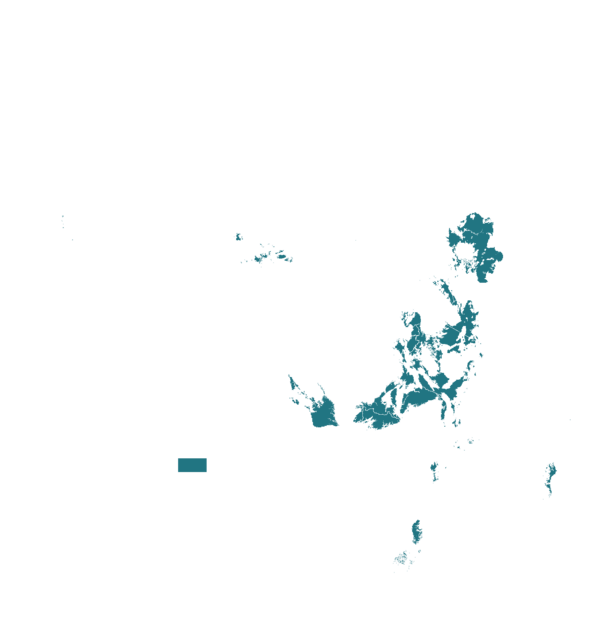
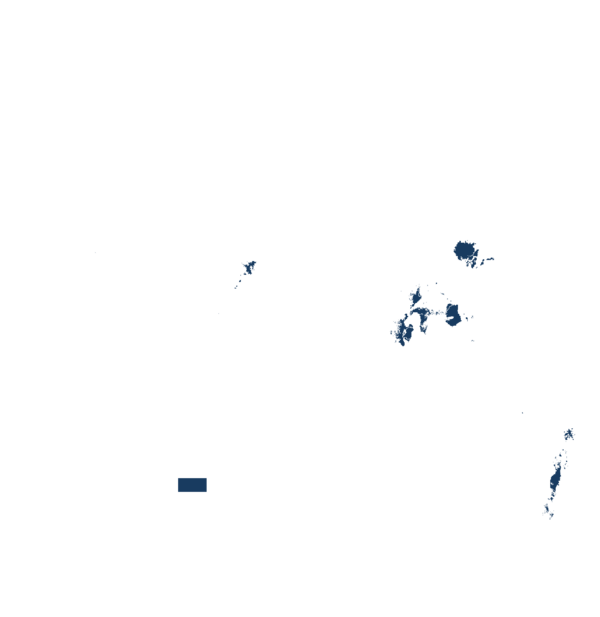
| AEZ | Subtropic - warm | Subtropic - cool | Tropic - warm | Tropic - cool |
|---|---|---|---|---|
| Arid | ||||
| Semiarid | ||||
| Subhumid | ||||
| Humid |
Source: HarvestChoice/IFPRI 2009
The United Nations Sustainable Development Goals that are applicable to this technology.

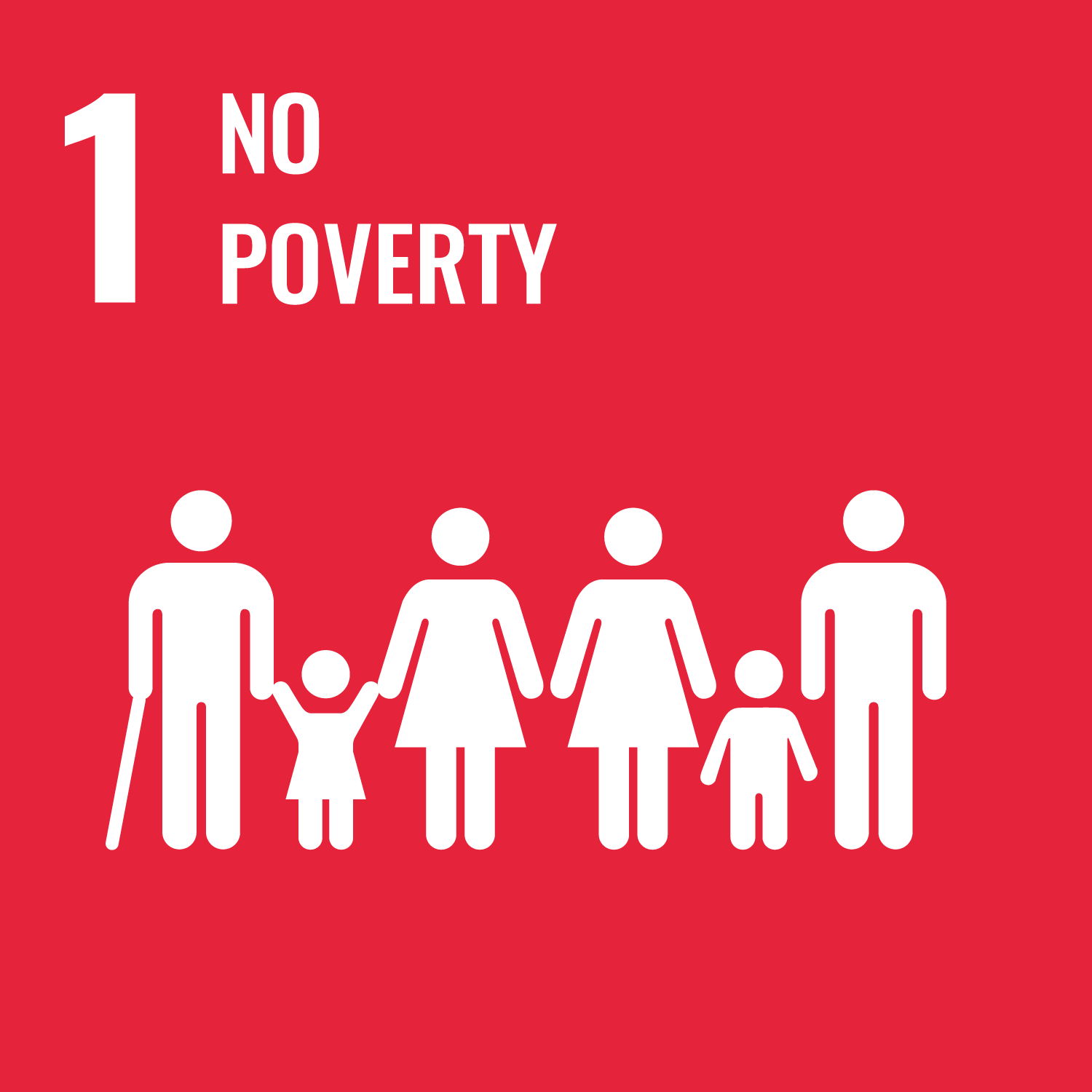

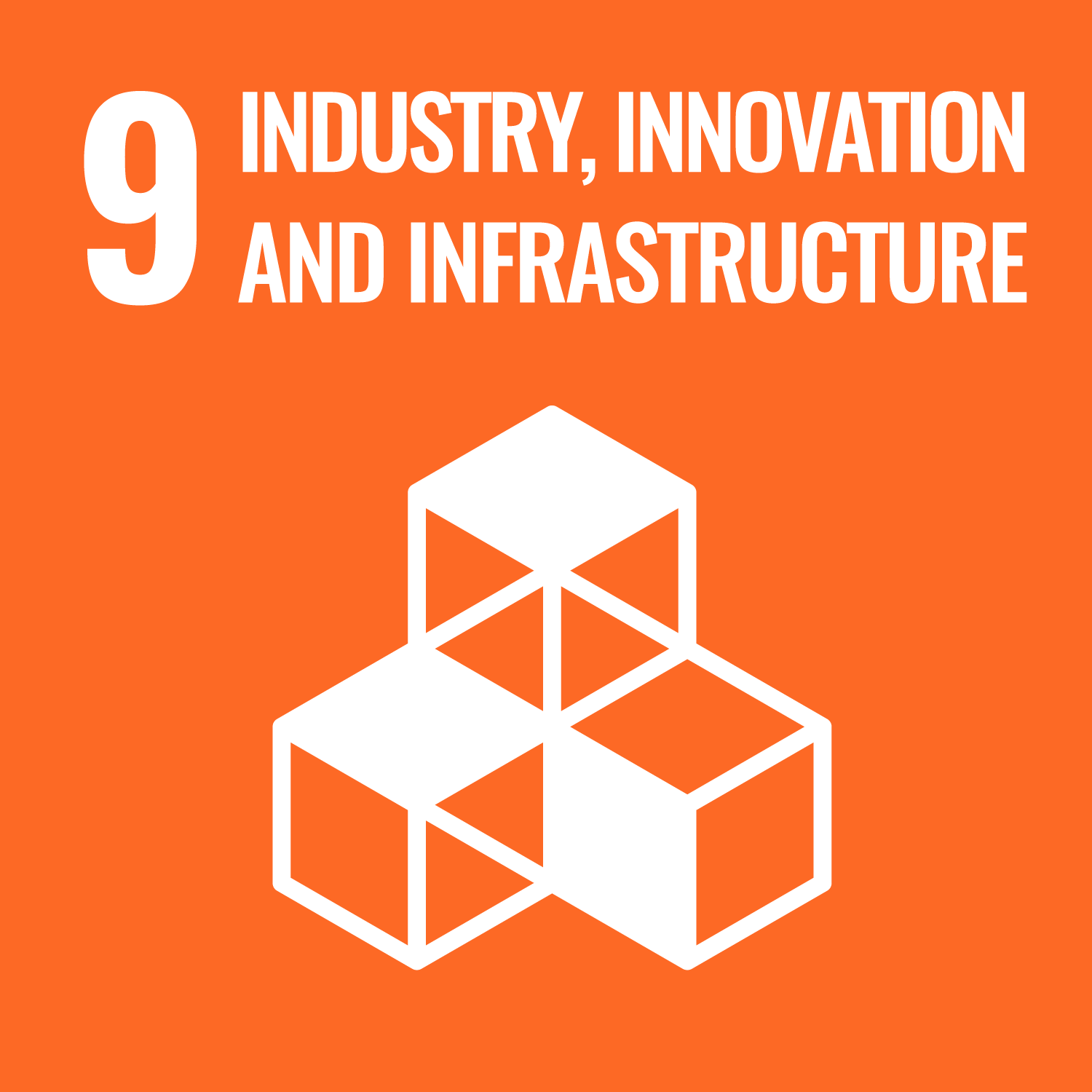
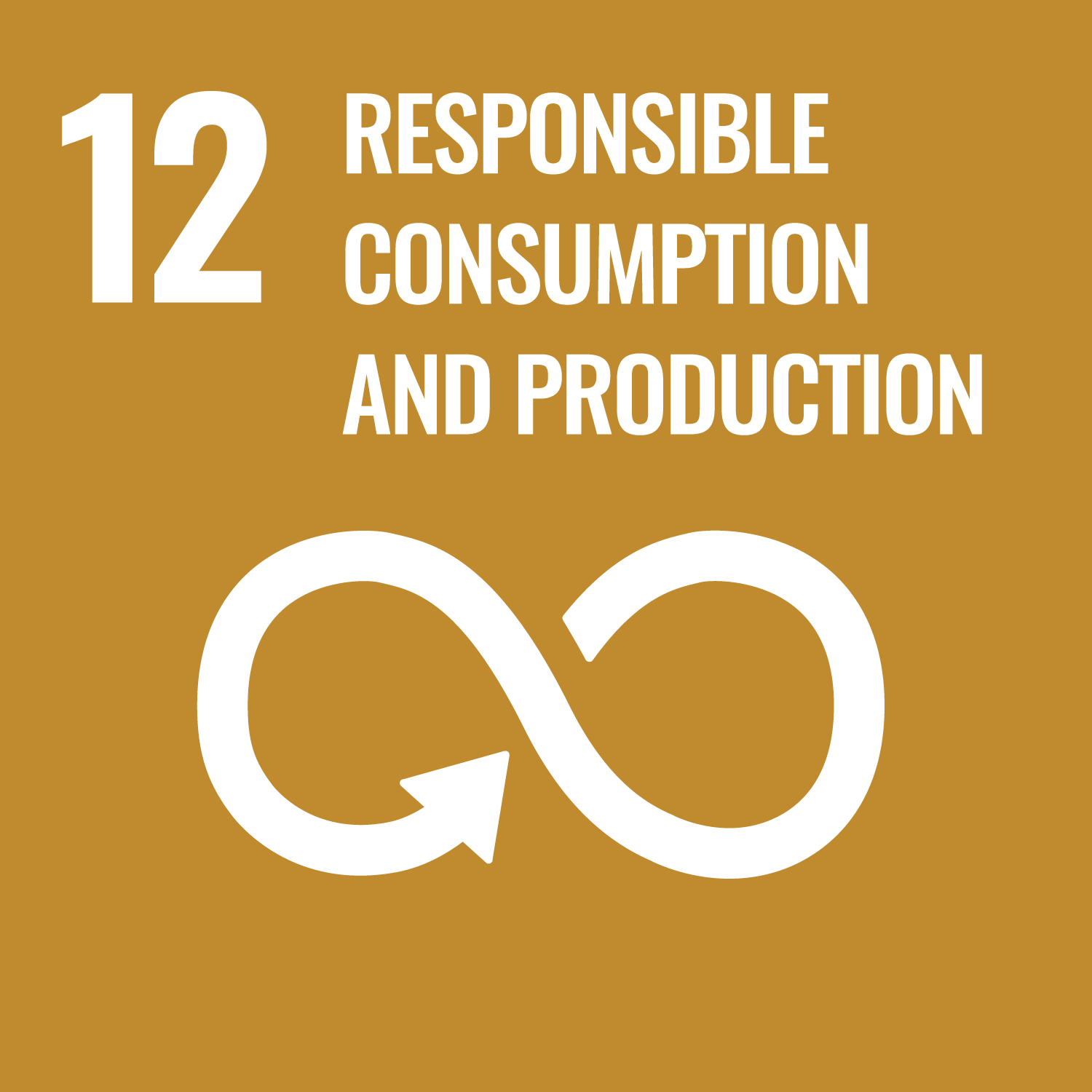
Last updated on 11 August 2025